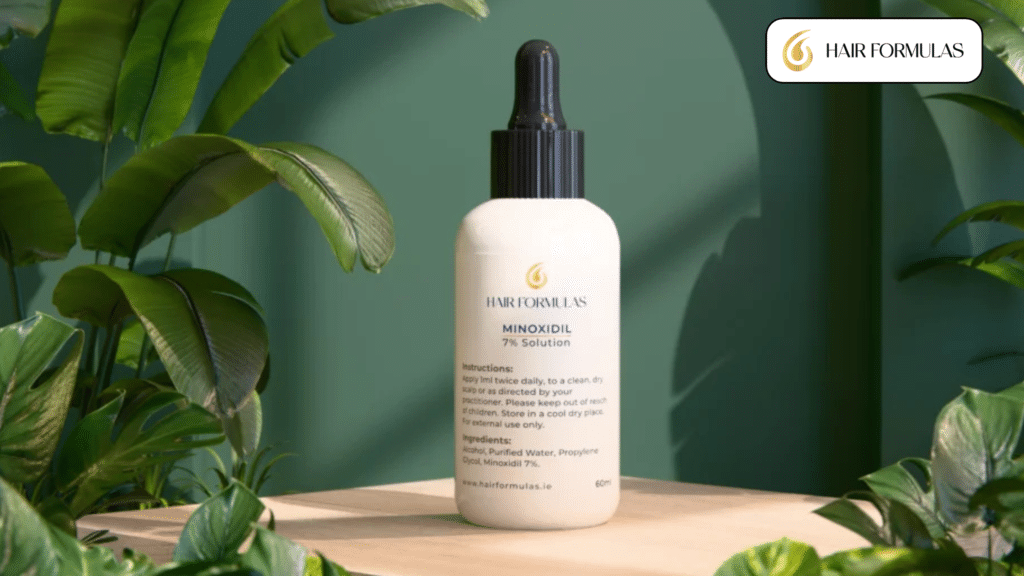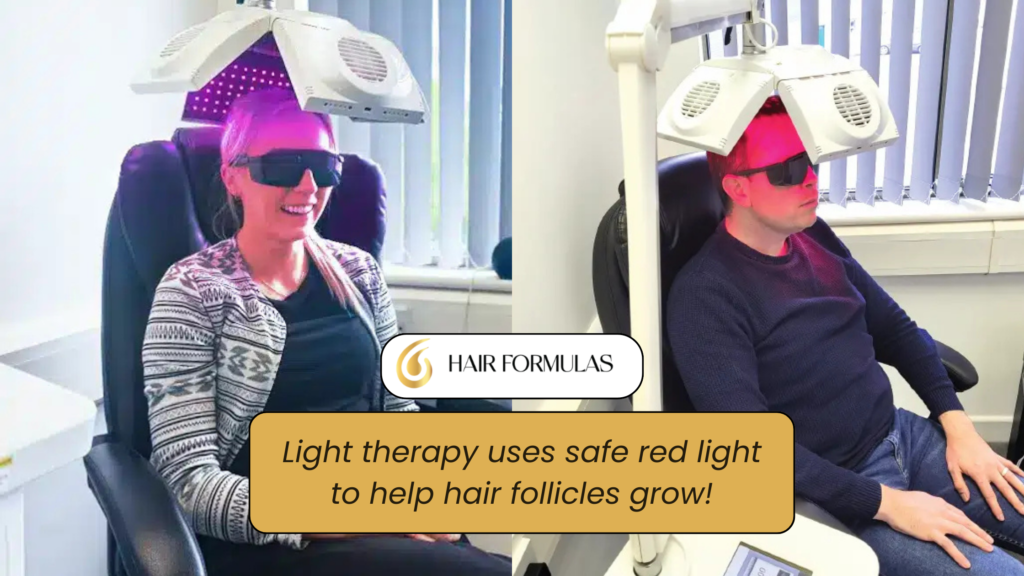Hair loss is one of the most common problems faced by both men and women across the world. It can start at any age and may progress slowly or quickly. Several factors can contribute to hair loss, including genetics, hormonal changes, nutritional deficiencies, stress, and lifestyle habits. For women, it can be linked to conditions like pregnancy, menopause, or thyroid problems, while in men, male pattern baldness is often the main cause.
Beyond physical appearance, hair loss can affect self-confidence, social interactions, and emotional well-being, making it a source of stress for many. The good news is that today there are many effective solutions available, ranging from medical treatments like Minoxidil and Finasteride to supportive hair products, light therapy, and healthy lifestyle changes. Understanding these options can help you choose the right approach to slow down hair loss, strengthen existing hair, and even promote regrowth. With the right combination of treatments and care, it’s possible to improve hair density and restore confidence in your appearance.
This article explores different options for hair treatment for hair loss, explains how they work, and helps readers understand what can deliver real results.
Medical Treatments for Hair Loss:
Several medical treatments have been studied and proven effective for managing hair loss. These treatments target the root causes of hair thinning, stimulate dormant follicles, and help prevent further shedding. Some of the most widely used and trusted options include:
Minoxidil:

Minoxidil is a popular topical solution available in foam or liquid form. It works by improving blood circulation around hair follicles, helping them remain in the growth phase longer. With consistent use, Minoxidil can slow down hair loss and stimulate new hair growth, especially for people in the early stages of thinning hair. Side effects are usually mild, such as scalp irritation or dryness, and regular application, typically twice daily, is necessary to maintain results.
Finasteride:
Finasteride is an oral medication mostly recommended for men. It blocks the hormone Dihydrotestosterone (DHT), which is responsible for shrinking hair follicles. When taken consistently over several months, Finasteride can slow hair loss and encourage regrowth. It is most effective for men and is generally not recommended for women, particularly during pregnancy. Regular monitoring by a doctor is advised to ensure safety and track effectiveness.
Finoxidil:
Finoxidil is a topical solution similar to Minoxidil and is often marketed as a stronger alternative. It stimulates hair follicles and improves blood flow to promote regrowth, usually applied directly to the scalp once or twice daily. Finoxidil may be preferred by individuals who do not respond well to regular Minoxidil and can be combined with other treatments for better results.
DHT Inhibitors:
DHT inhibitors target the hormone Dihydrotestosterone, which causes hair follicle shrinkage. These treatments help protect hair follicles from thinning and slow down hair loss. DHT inhibitors can include oral medications like Finasteride or topical products that block DHT and are often used alongside Minoxidil or Finoxidil for enhanced effectiveness.
Light Therapy for Hair Loss:

Light therapy for hair loss uses safe red light to stimulate hair follicles at the cellular level. This treatment improves blood flow to the scalp and encourages hair growth. Devices such as laser combs, helmets, or caps can be used at home or in a clinic. Light therapy works best with regular use over several months and is non-invasive, generally safe, and suitable for both men and women.
Each of these treatments works differently, and their suitability depends on the stage and cause of hair loss. A consultation with a qualified doctor is essential to decide the best option.
Role of Hair Products for Hair Growth:
Choosing the right hair products for hair growth can provide essential support in the journey to healthier hair.
Shampoos containing ingredients such as caffeine, ketoconazole, biotin, or mild DHT blockers help maintain a clean and healthy scalp, reduce excess oil, and strengthen follicles. Conditioners and serums that include nourishing oils, peptides, vitamins, and antioxidants work to repair damaged hair, improve elasticity, and protect strands from breakage caused by styling or environmental factors.
While hair care products alone may not completely stop hair loss, they play a vital role in maintaining scalp and hair health. When used properly, they cleanse the scalp, provide essential nutrients, and strengthen hair strands. This helps reduce breakage, improve shine, and promote thicker, stronger, and more resilient hair over time, creating an optimal environment for follicles to thrive..
Conclusion
Hair loss may seem difficult to manage, but practical solutions are available today. From medical treatments such as Minoxidil, Finasteride, and transplants to supportive remedies like proper nutrition, natural oils, and light therapy for hair loss, there are multiple ways to improve hair health. Using quality hair products for hair growth, like those offered by Hair Formulas, can further strengthen results and support overall hair care. The key is consistency and professional guidance. With the right plan, it is possible to reduce shedding, improve density, and restore confidence in appearance.
Frequently Asked Questions
1. What is the most effective medical hair treatment for hair loss?
Minoxidil and Finasteride are among the most trusted medical options. Platelet-Rich Plasma therapy and hair transplants are also effective, depending on the stage of hair loss.
2. How does light therapy for hair loss work?
Light therapy uses safe red light wavelengths to stimulate hair follicles, improve blood circulation, and encourage regrowth. Consistency is essential for visible results.
3. Are hair products for hair growth enough to restore hair thickness?
These products strengthen existing hair and create a healthier scalp environment, but they are most effective when used with medical or professional treatments.
4. When should someone seek professional help for hair loss?
If hair thinning or shedding continues for more than a few months, or if bald patches appear, it is important to consult a dermatologist or trichologist for proper diagnosis and treatment.

